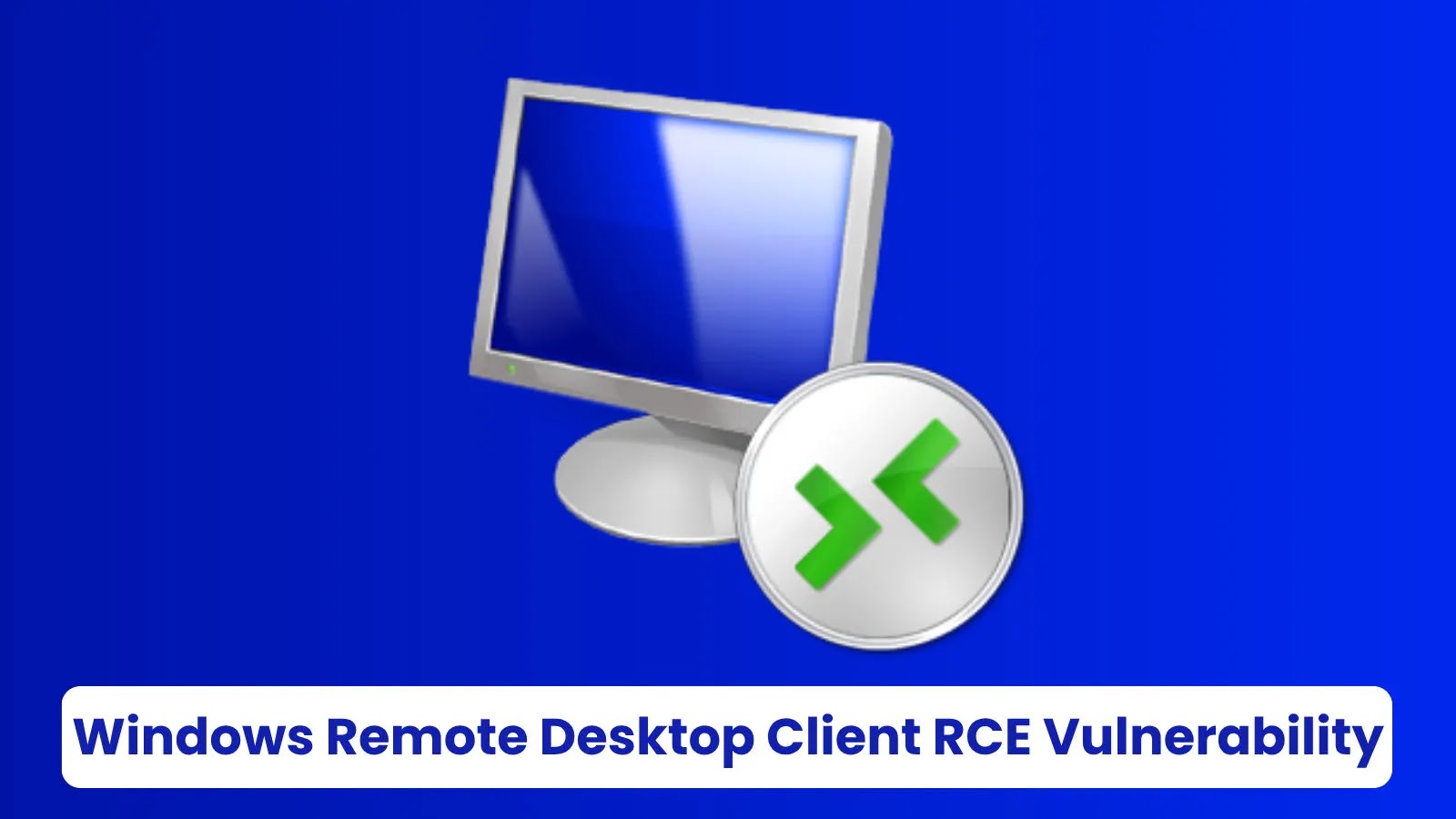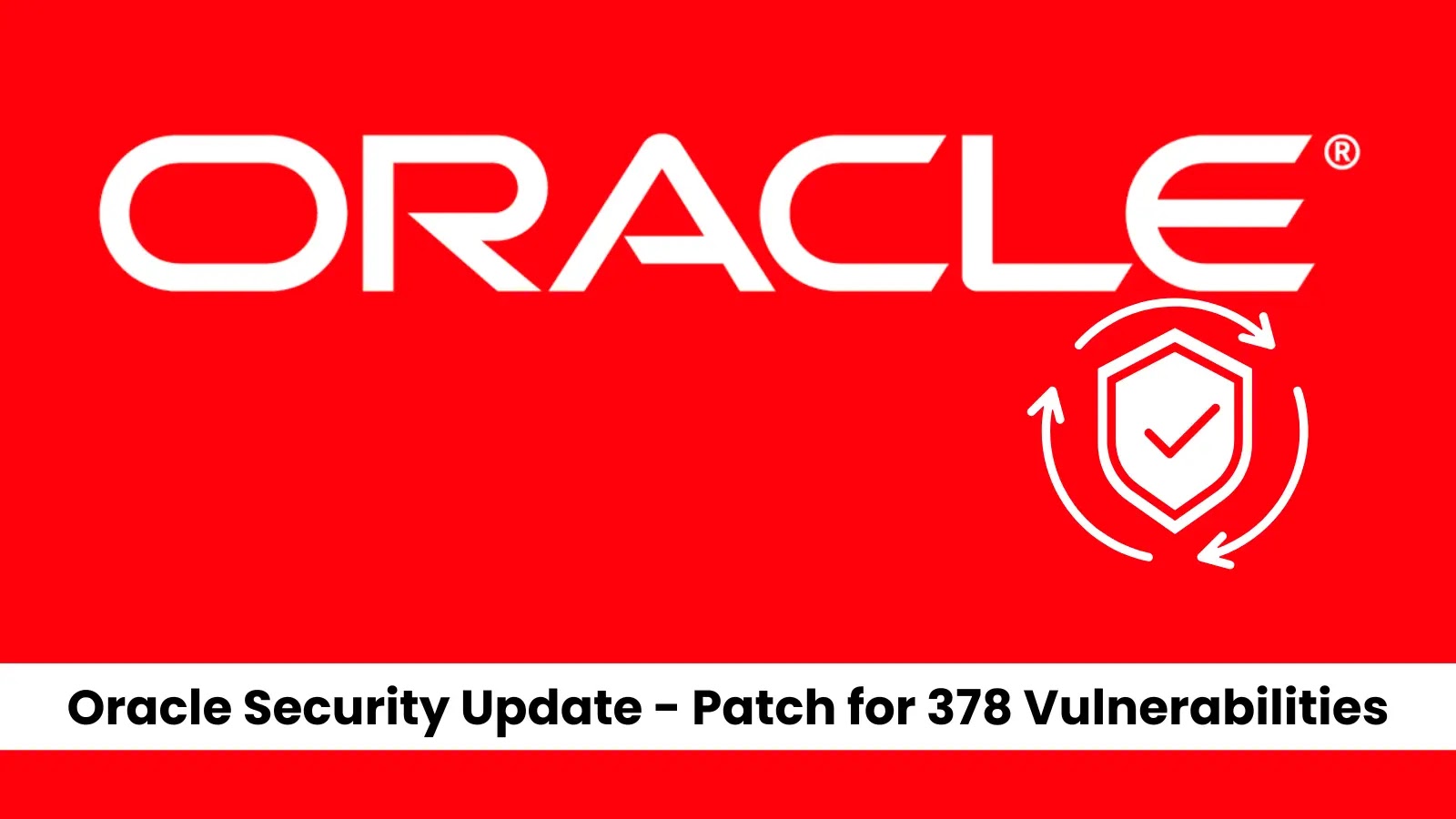On October 14, 2025, Microsoft disclosed a significant security flaw in its Remote Desktop Client, identified as CVE-2025-58718. This vulnerability arises from a use-after-free error, which could enable attackers to execute arbitrary code on a victim’s system. Although there have been no reports of active exploitation, the flaw poses a considerable risk to users who depend on remote access tools.
Understanding CVE-2025-58718
The Remote Desktop Client is an integral Windows component that facilitates connections to remote machines. The identified vulnerability allows an unauthorized attacker to exploit this client by persuading a user to connect to a malicious Remote Desktop Protocol (RDP) server. Once the connection is established, the server can exploit the use-after-free bug to execute arbitrary code within the user’s context, potentially leading to a full system compromise.
Technical Details
The vulnerability has been assigned a Common Vulnerability Scoring System (CVSS) score of 8.8 out of 10, indicating its high severity. The CVSS metrics are as follows:
– Attack Vector: Network
– Attack Complexity: Low
– Privileges Required: None
– User Interaction: Required
– Scope: Unchanged
– Confidentiality Impact: High
– Integrity Impact: High
– Availability Impact: High
These metrics highlight the vulnerability’s potential to compromise system confidentiality, integrity, and availability.
Mitigation Measures
To address this vulnerability, Microsoft has released patches as part of the October 2025 Patch Tuesday updates. Users are strongly advised to:
1. Apply Security Updates: Ensure that all systems are updated with the latest patches provided by Microsoft.
2. Enable Automatic Updates: Configure systems to receive and install updates automatically to maintain security.
3. Exercise Caution with RDP Connections: Avoid connecting to untrusted RDP servers and be wary of unsolicited requests to establish remote connections.
Organizational Recommendations
For organizations, additional steps can enhance security:
– Network Segmentation: Limit RDP exposure by segmenting networks and restricting access to trusted sources.
– Phishing Awareness Training: Educate employees about the risks of phishing attacks that could lead to malicious RDP connections.
– Monitor RDP Activity: Implement monitoring tools to detect and respond to unusual RDP connection attempts promptly.
Conclusion
The disclosure of CVE-2025-58718 underscores the importance of maintaining up-to-date systems and exercising caution with remote connections. By applying the recommended patches and adhering to best practices, users and organizations can mitigate the risks associated with this vulnerability.



